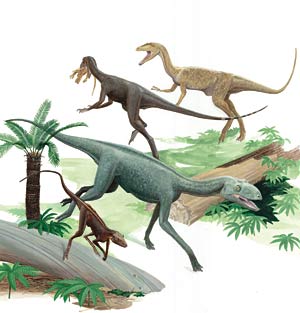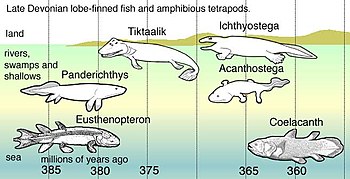Science Friday
The reason this struck me today was that I was in my car this morning when Science Friday came on NPR. There were two interesting stories of direct relevance to this class but I had other (out of the car) things to do. Thanks to the wonders of the Internet I was able to download the two segments later and listen to them at my leisure.
The first segment (link to mp3 file) concerns the evolution of man. Researchers working in Kenya have found fossils indicating that Homo habilis did not give rise to Homo erectus, as previously thought, but the two existed at the same time, with Homo erectus and Homo habilis both evolving from a common ancestor 2 to 3 million years ago. The paper is to be published in the journal Nature this week.
The second segment (link to mp3 file) described how researchers have been able to extract frozen bacteria up to eight million years old from Antarctic ice samples. They were able to revive the bacteria and the bacterial colonies began to grow again. This research is published this week in the journal Proceedings of the National Academy of Sciences.
This time last year: GM plant escapes into wild
Labels: Evolution, Paleontology, Research Reports







